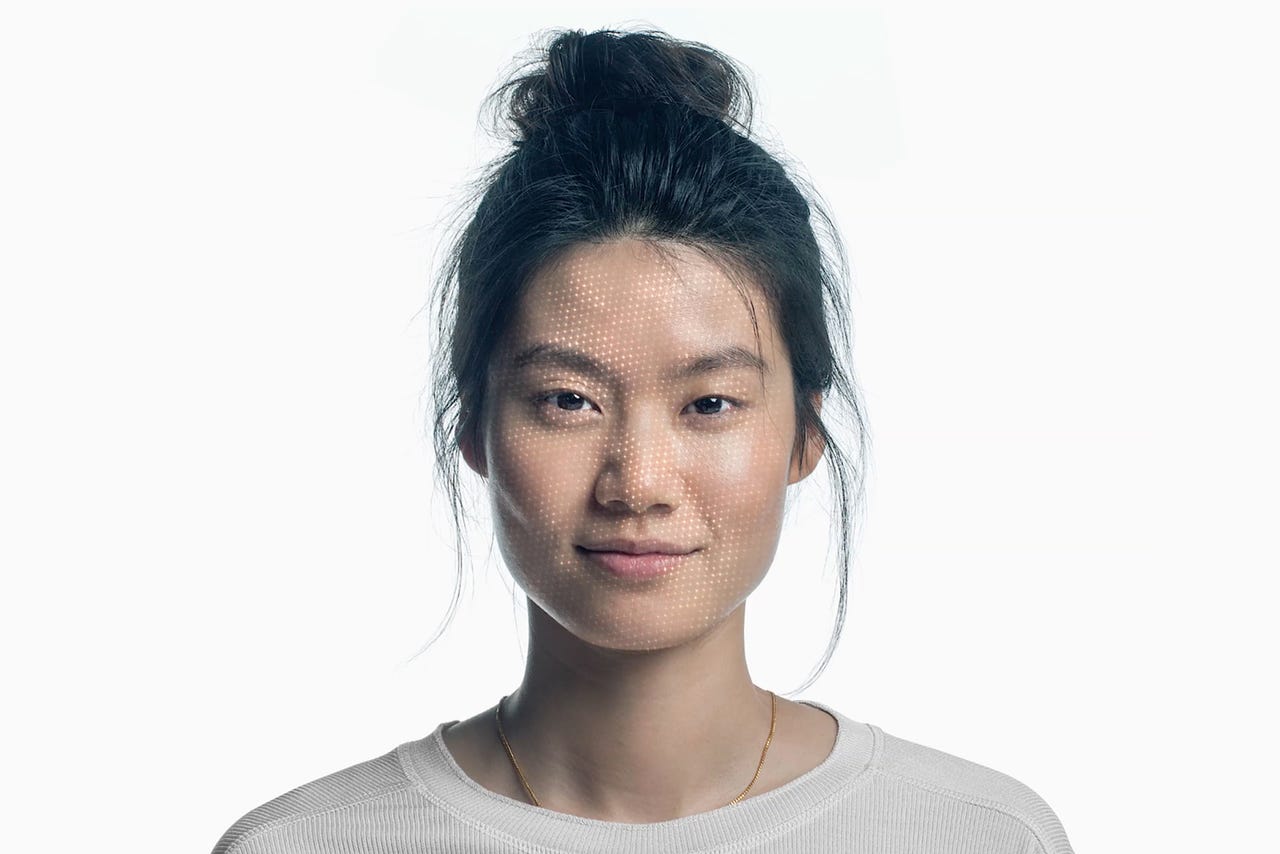iPhone X: The hardware behind Face ID


If you think that it's just a simple camera taking a picture of your face that's powering the Face ID biometric system on Apple's new iPhone X, you're dead wrong.
Read also : Buying a new iPhone just got more expensive
There are two hardware components to Face ID (the technology that replaced Touch ID on the iPhone X). The first is the technology that is used to capture an image of the user's face -- and it goes far beyond just taking a photo.
Hidden at the top of the iPhone 8 is an array of sensors dedicated to the task of capturing a biometric snapshot of the user's face. The capture is carried out using a infrared camera, and this is backed up by a dot projector that is used to bean an array of 30,000 invisible dots at the user's face that are used to create a detailed 3D model of the face being captured.
iPhone X: The hardware behind Face ID
The use of an infrared camera and dot projector mean that Face ID technology will work even if the user is in the dark.
Once the image has been captured, the data is handed over to the new A11 Bionic processor. Specifically, the dual-core Neural engine that it contains, which can handle 600 billion operations per second and handle all the data processing without sending any data to Apple for processing.
According to Apple, the chances of someone else being able to unlock your iPhone X using Face ID is about one in a million, which is a dramatic improvement over Touch ID, which Apple claimed has a false-positive rating of one in 50,000.
However, if you have an "evil twin," Apple admitted that they might be able to fool Face ID and get into your iPhone X and all its secrets.
Evil twin (Image: Apple)
However, Apple claims to have designed the system so it cannot be fooled fake faces, going as far as to test it against using lifelike dummy faces.
Apple has tested Face ID against lifelike dummy faces. (Image: Apple)
Not only does Face ID control access to the iPhone X, but it takes over from Touch ID for authentication in third-party apps and Apple Pay.
But the new technology is not without its teething troubles. The first time that Apple's senior VP of software engineering, Craig Federighi, demoed the technology, it refused to work and threw up a pincode screen.
Face ID fail